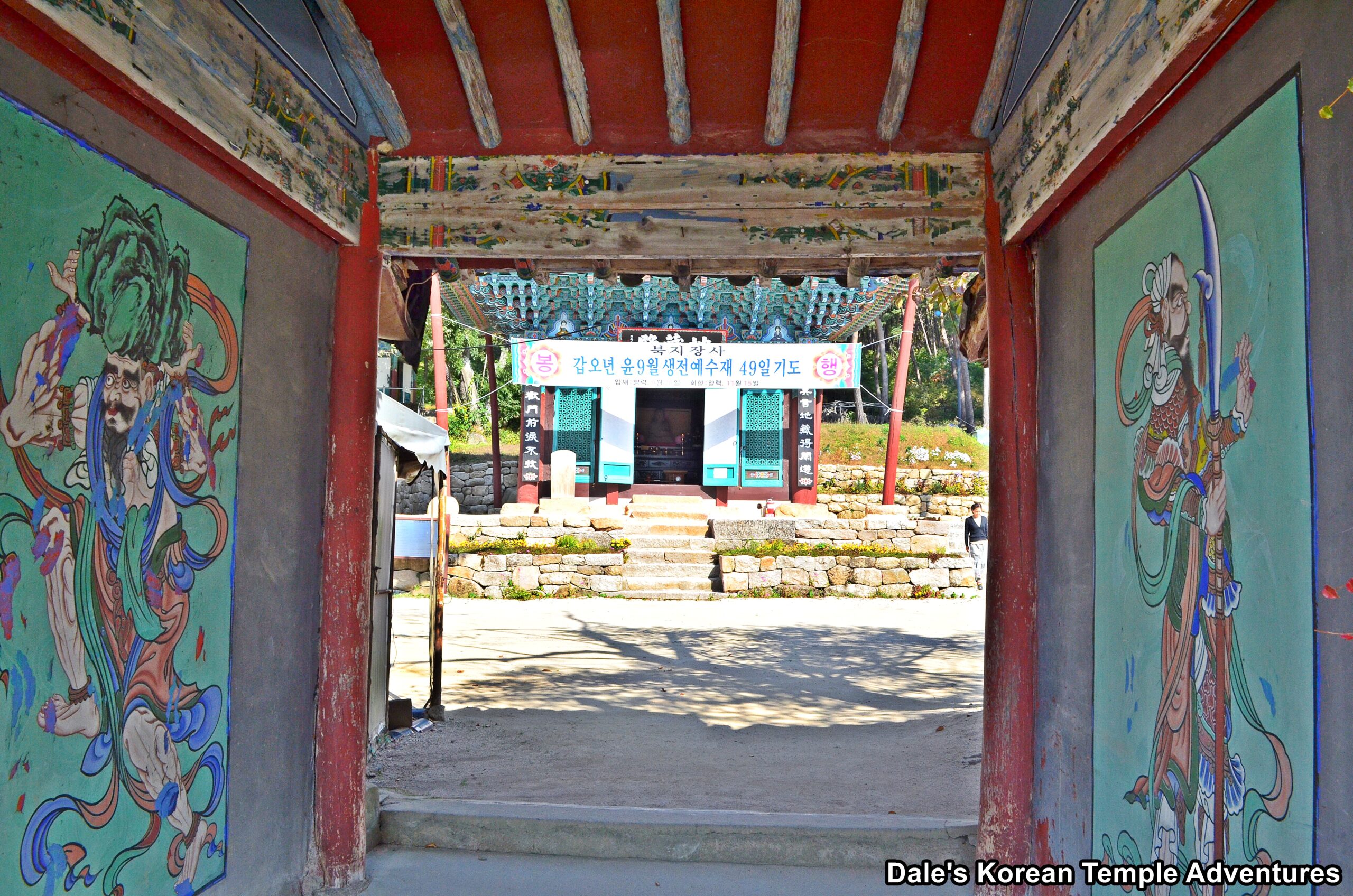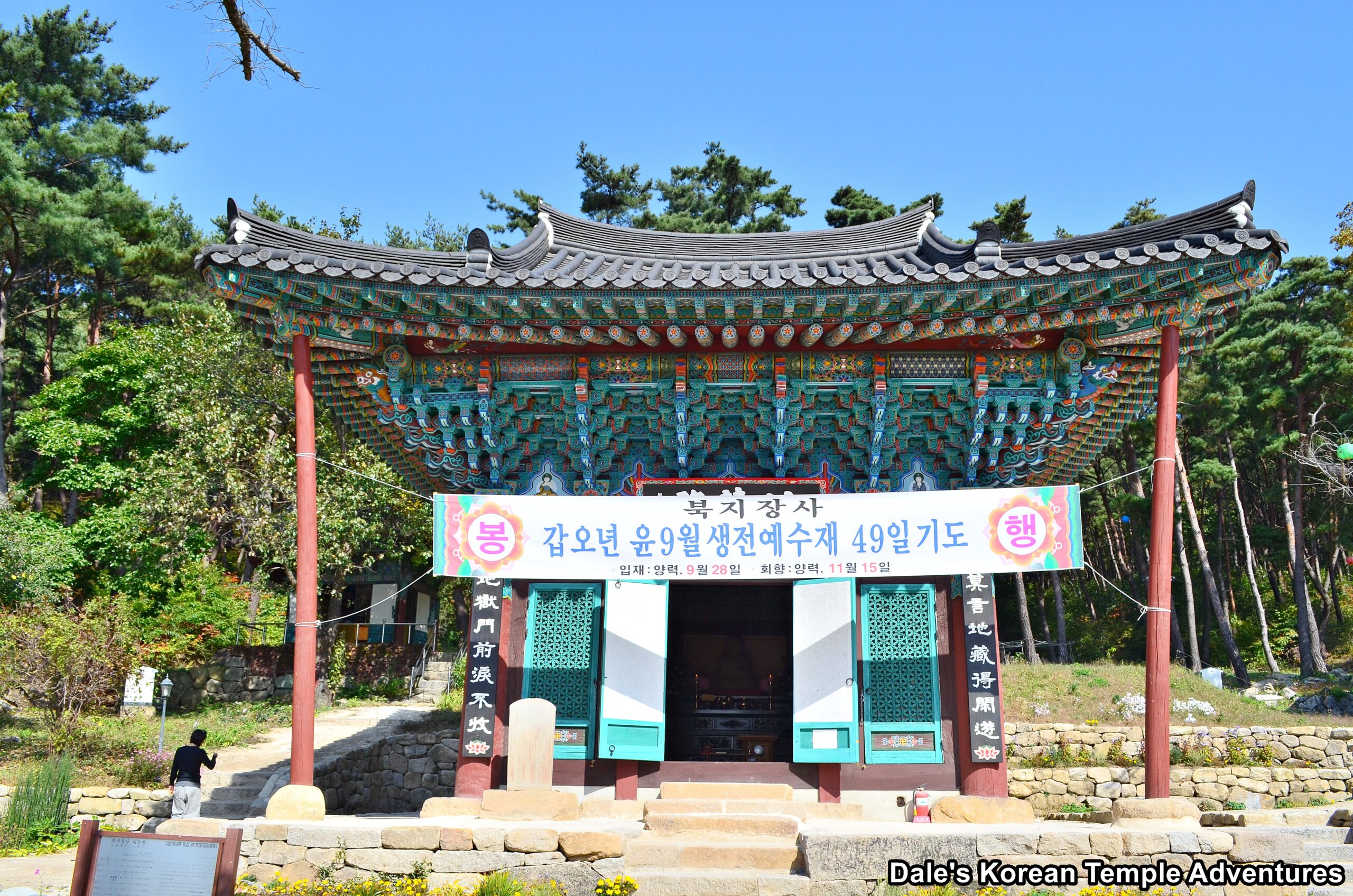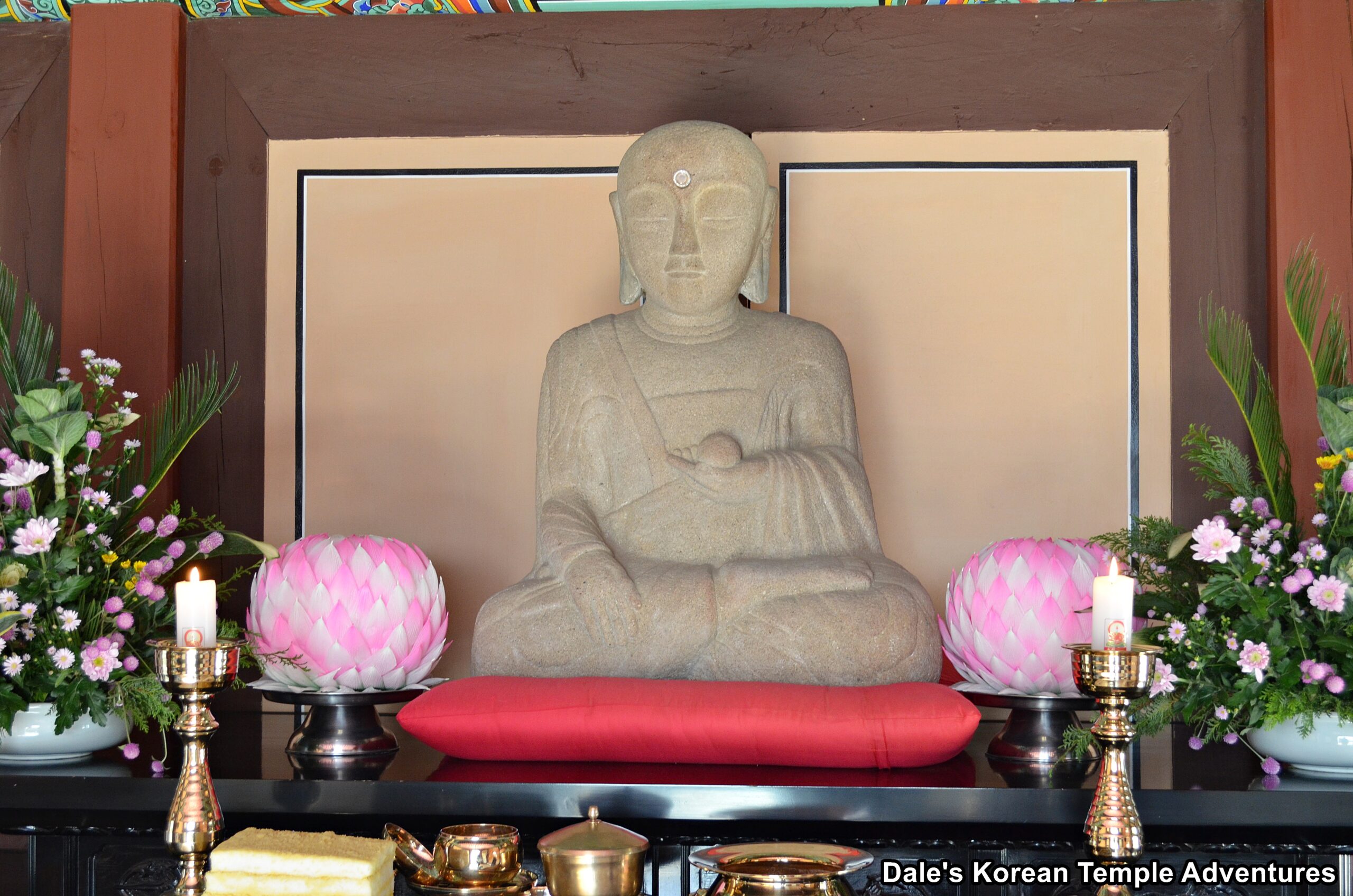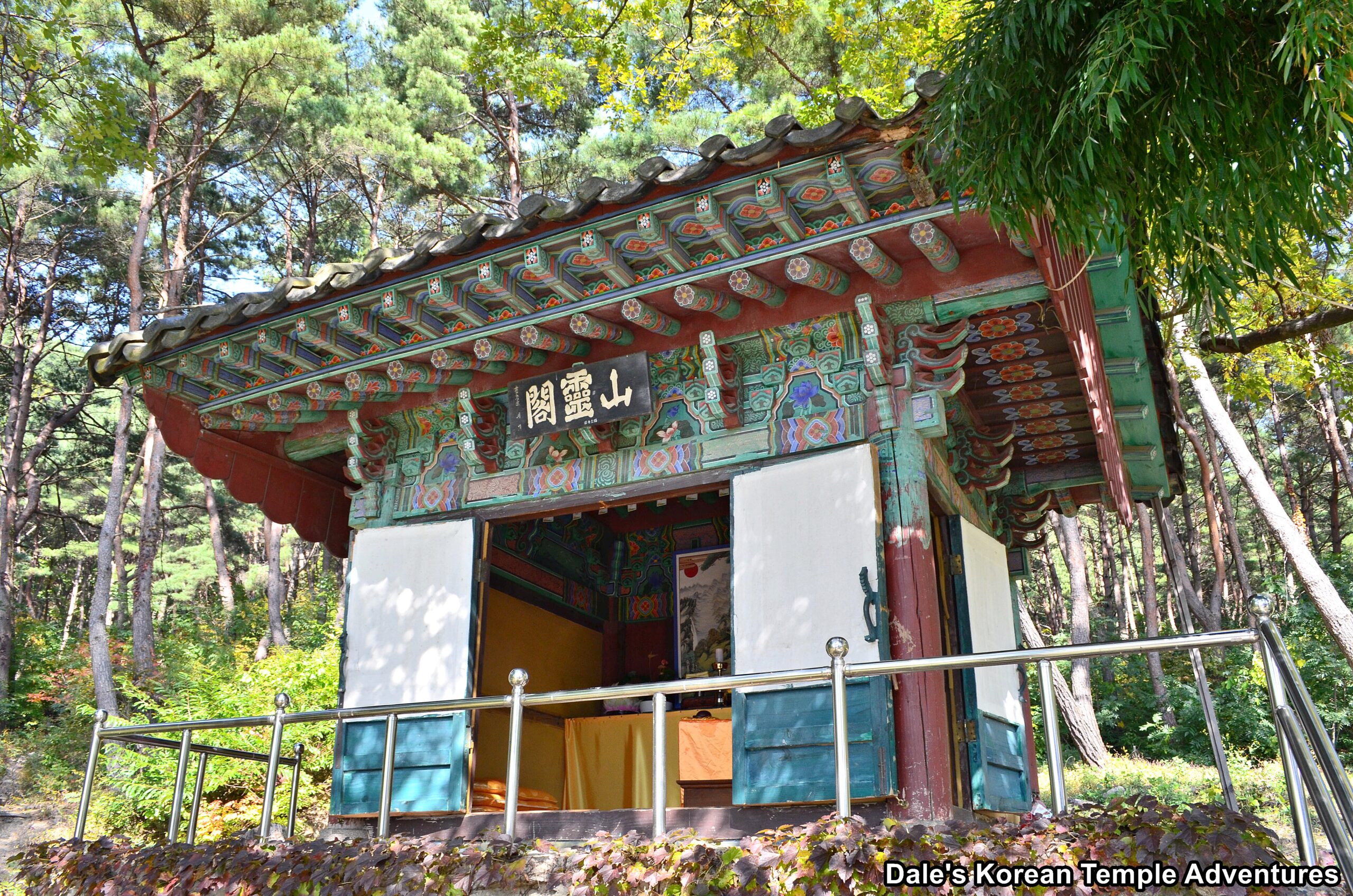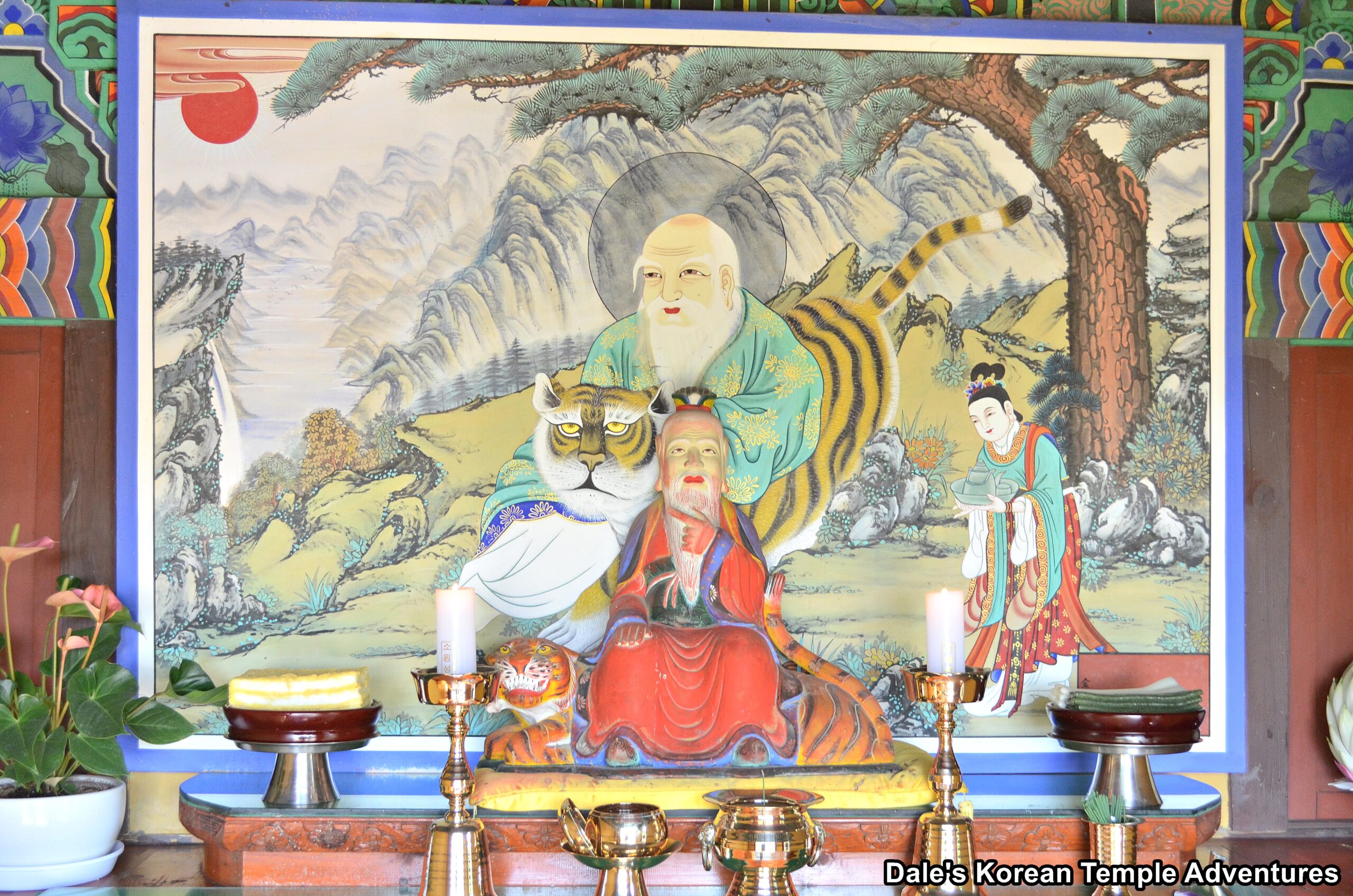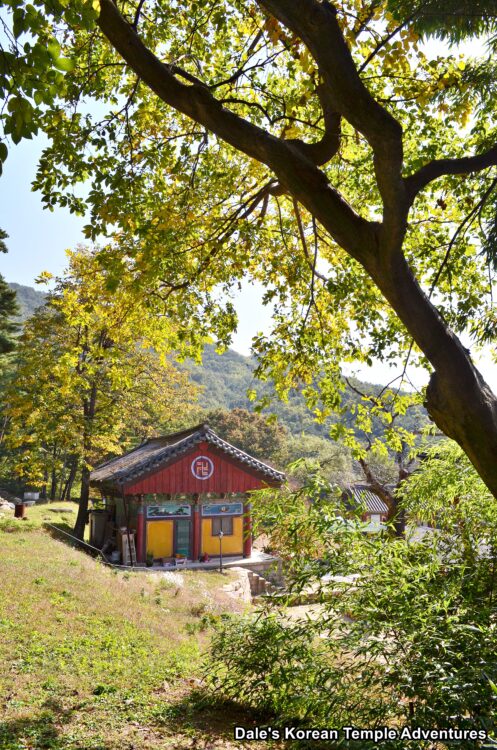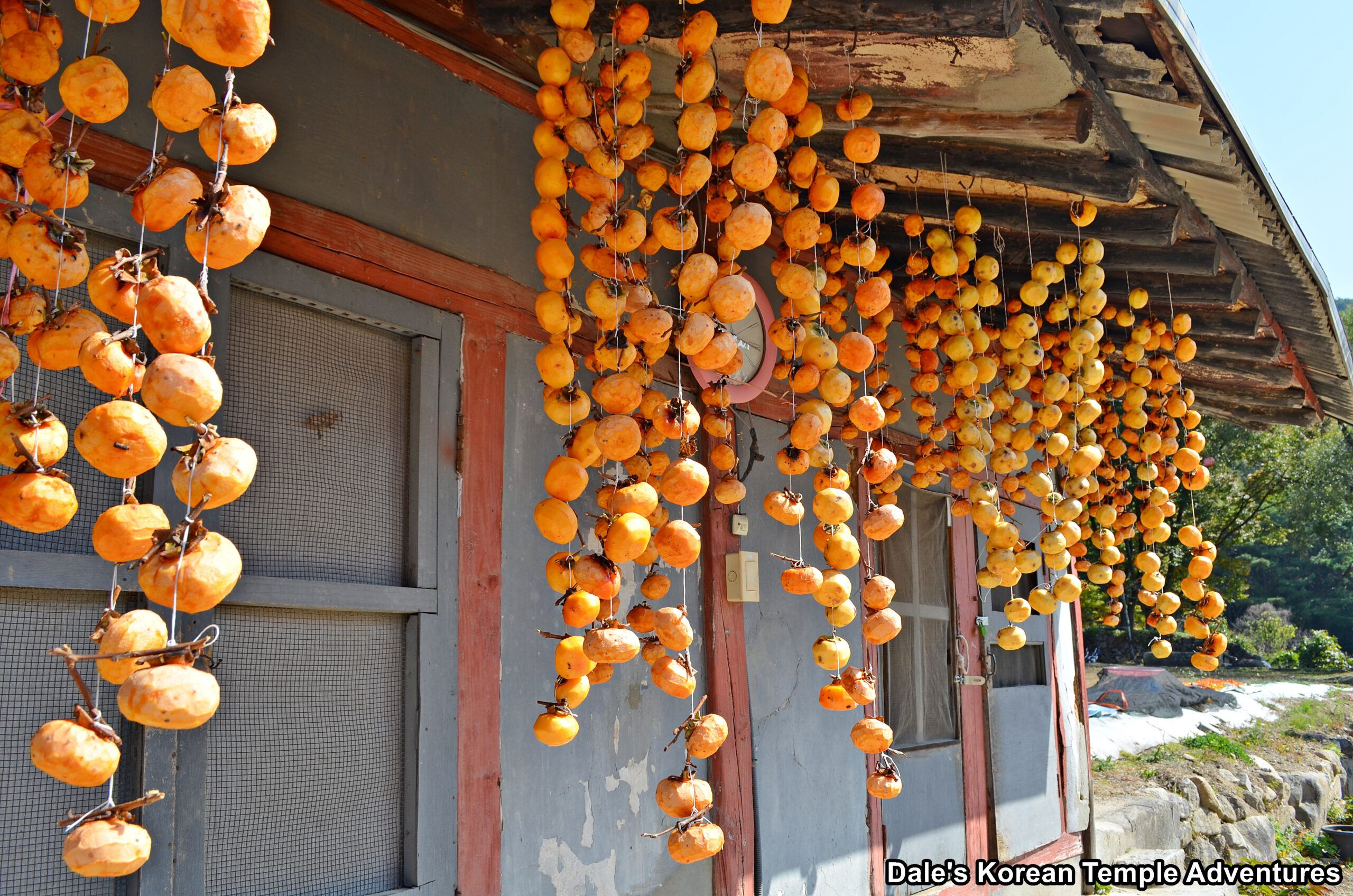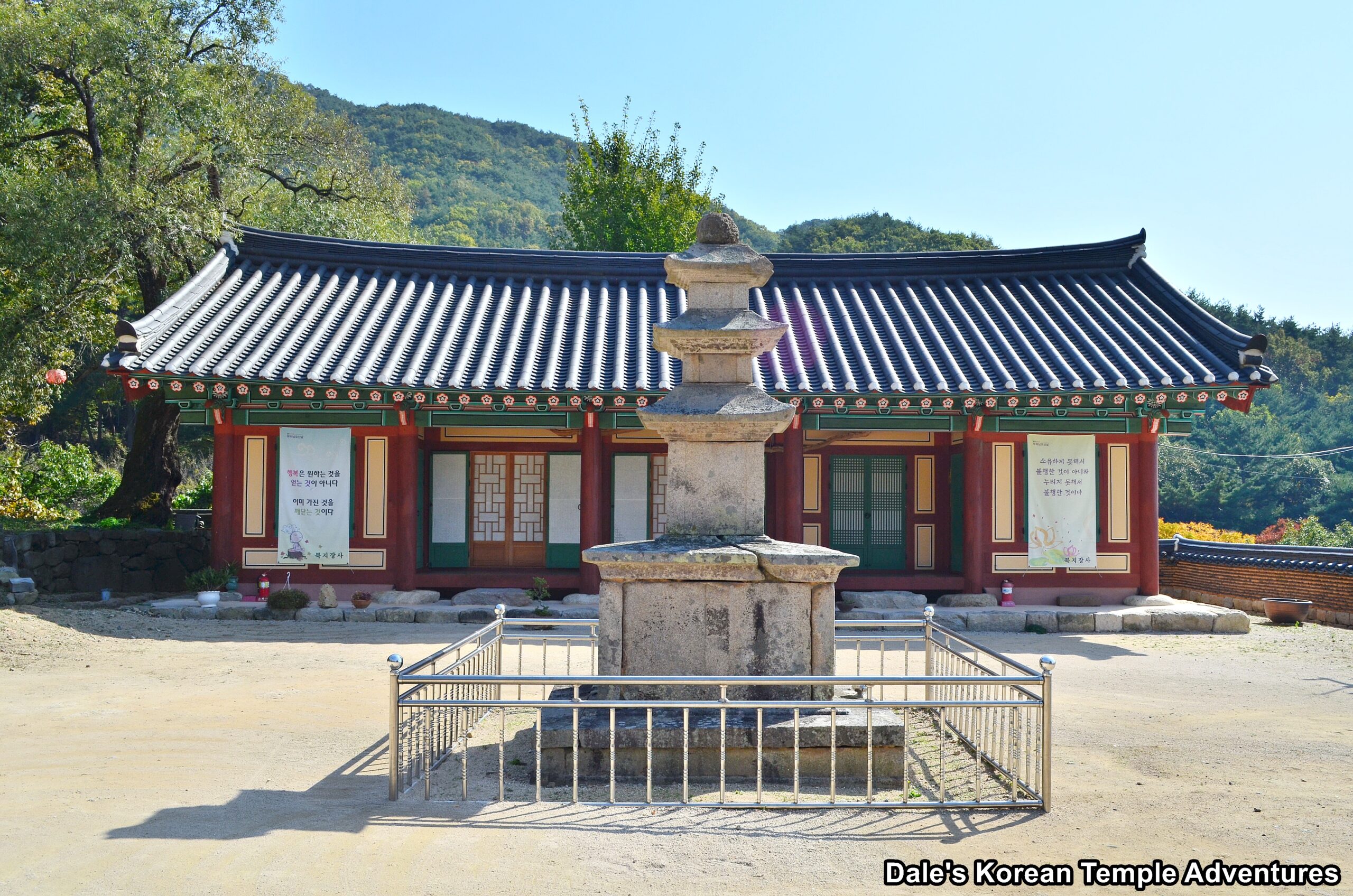Bukjijangsa Temple – 북지장사 (Dong-gu, Daegu)
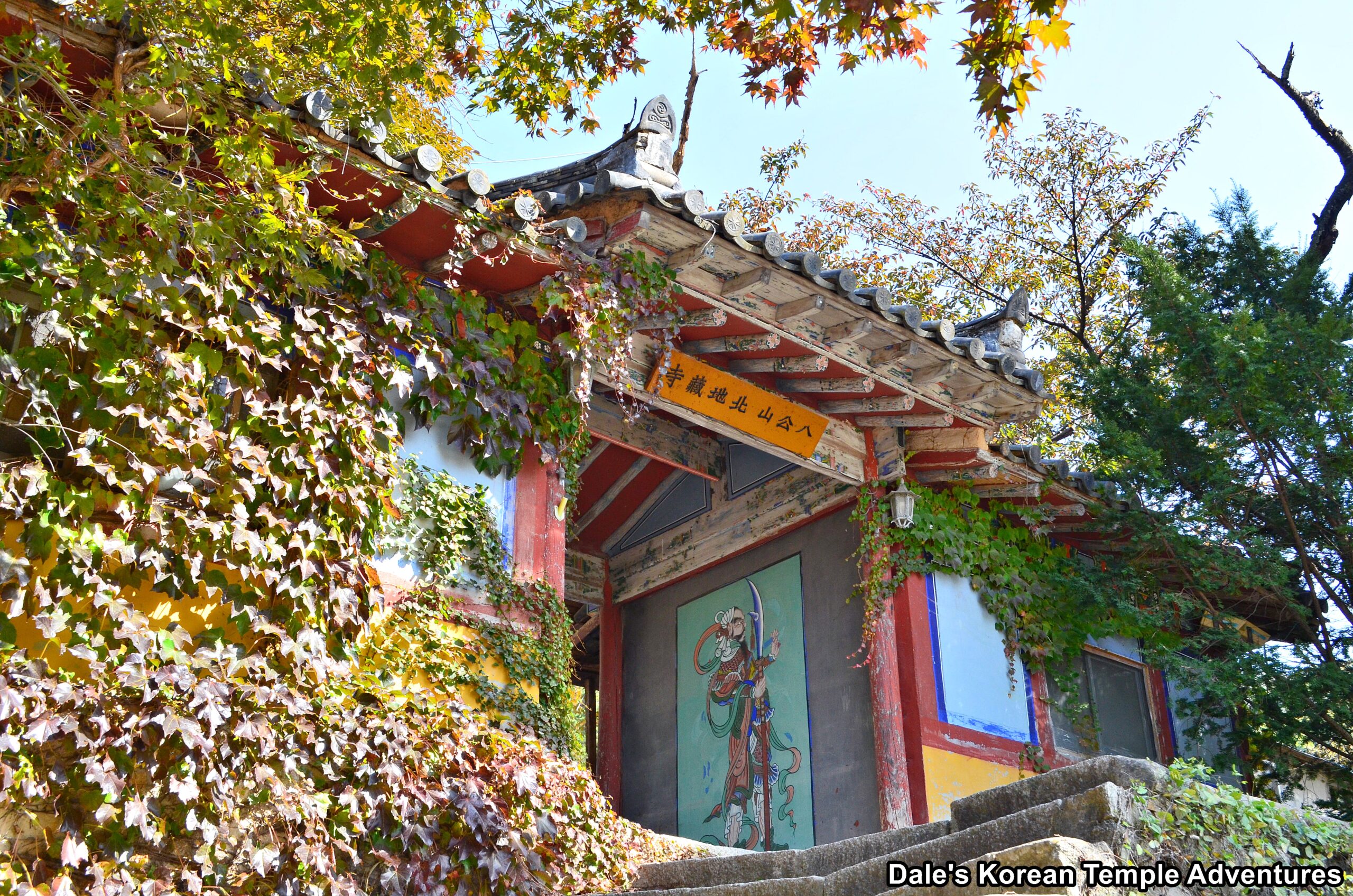
Temple History
Bukjijangsa Temple is located on the south-eastern part of Mt. Palgongsan (1192.3 m) in northern Daegu. Bukjijangsa Temple was first constructed in 465 A.D. by the monk Geukdal-hwasang. The name of the temple, Bukjijangsa Temple, means “North Jijang Temple” in English. The temple is named after the Bodhisattva of the Afterlife, Jijang-bosal. The temple is a counterpart to Namjijangsa Temple in neighbouring Dalseong-gun, Daegu. Namjijangsa Temple, which means “South Jijang Temple” in English, was first established in 684 A.D.
Some foundation stones from the original construction of the temple, which precede the Goryeo Dynasty (918-1392), still exist on the temple site. The original temple was much larger in size. In 1623, the Daeung-jeon Hall was rebuilt at Bukjijangsa Temple. Originally, it’s believed that this main hall was either a Geukrak-jeon Hall or a Jijang-jeon Hall (probably the more likely of the two). However, after a fire at the temple, the image of Amita-bul, which probably took up residence on the main altar inside the historic shrine hall, was replaced by an image of Seokgamoni-bul (The Historical Buddha) upon its reconstruction.
Bukjijangsa Temple is home to one Korean Treasure. This is the aforementioned Daeung-jeon Hall, which seems to have been converted into a Jijang-jeon Hall (probably the original purpose of the temple shrine hall). Officially, this temple shrine hall is known as the Jijang-jeon Hall of Bukjijangsa Temple. It’s Korean Treasure #805.
Temple Layout
When you first approach the temple, you’ll arrive up an uneven country road. It’s in a bend in the road, and slightly to the right, that you’ll first encounter the temple’s entry gate. This gate is overgrown with shrubbery, which almost makes it look like nature is trying to reclaim the entry gate. As you enter the gate, you’ll notice two fiercely painted Geumgang-yeoksa (Vajra Warriors) on either side of the entry.
Finally having passed through the entry gate at Bukjijangsa Temple, you’ll find yourself greeted by the compact Jijang-jeon Hall, which is also Korean Treasure #805. For some time, this hall acted as the main hall at Bukjijangsa Temple. Recently, it seems to be have converted back to its former purpose as a Jijang-jeon Hall. This shrine hall was first built in 1623. The architectural components of the Jijang-jeon Hall borrow from the style of the mid-Joseon Dynasty, while the dragons that adorn the Jijang-jeon Hall are derived from the late-Joseon Dynasty. The exterior walls to the Jijang-jeon Hall are largely unadorned all but for the traditional dancheong colours. As for the interior, you’ll be greeted by a solitary stone image of Jijang-bosal (The Bodhisattva of the Afterlife). This stone statue was first discovered behind the neighbouring Daeung-jeon Hall. It was found without a pedestal or nimbus. The left hand holds an orb, while the right hand is doing a mudra (ritualized hand gesture) for warding off evil spirits. It’s believed to be from Later Silla (668-935 A.D.). The statue is Daegu Tangible Cultural Property #15. This is another one that should at least be a Korean Treasure.
To the left of the Jijang-jeon Hall are the monks dorms. And to the right of the Jijang-jeon Hall is the temple’s Daeung-jeon Hall. The exterior walls to the Daeung-jeon Hall are largely unadorned, but they do have some Buddhist motif murals up near the eaves. Stepping inside the Daeung-jeon Hall, you’ll find a triad of statues centred by Seokgamoni-bul (The Historical Buddha). This statue is joined on the main altar by Munsu-bosal (The Bodhisattva of Wisdom) and Bohyeon-bosal (The Bodhisattva of Power).
In front of the Daeung-jeon Hall, and down from the main hall, is the older-looking monks dorms and storage shed. On fall days, they hang persimmons from the eaves of this building. It’s also in front of these older monks dorms that you’ll find the twin pagodas at Bukjijangsa Temple. They are Daegu Tangible Cultural Property #6, and they date back to either Silla (57 B.C. – 668 A.D.) or Later Silla (668-935 A.D.). The twin pagodas design were popular during the Silla Dynasty. The pagodas have a double layer base with a three-story body. Simplistic in design, the twin pagodas were renovated in May, 1981.
The final shrine hall that visitors can explore at Bukjijangsa Temple is the Sanshin-gak Hall to the left of the Jijang-jeon Hall. A trail leads up to the shaman shrine hall. And housed inside the Sanshin-gak Hall is a gentle-looking mural dedicated to Sanshin (The Mountain Spirit). Rather uniquely, there are a pair of wooden dragon door handles placed on each entry door to this shaman shrine hall, so have a look for this feature.
How To Get There
It’s a little complicated to get to Bukjijangsa Temple. First, and from the Dong Daegu subway stop, you’ll need to head towards Ansim, which is on the first line. After two stops, get off at the Anyanggyo subway stop. You’ll need to take Exit #2 and head towards the bus station. From this station, you can either take Bus #401 during the weekdays or Palgong #2 bus on weekends or holidays. The bus ride will last thirty stops; after which, you’ll need to get off at the Jinin-dong (Yangji Maeul) stop. From here, you’ll need to walk about twenty-fives minutes towards the Daegu Ole-gil Palgongsan 1 course (hiking trail). On foot, you’ll head up this road for eighteen minutes, or 1.2 kilometres.
Overall Rating: 6/10
Bukjijangsa Temple is beautifully located and framed by the neighbouring Mt. Palgongsan. In addition to all the natural beauty at Bukjijangsa Temple, you can also enjoy the historic, and recently converted, Jijang-jeon Hall, as well as the twin pagodas and the tranquil image of the Mountain Spirit inside the Sanshin-gak Hall.
